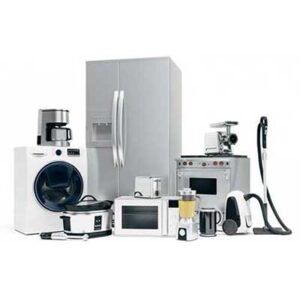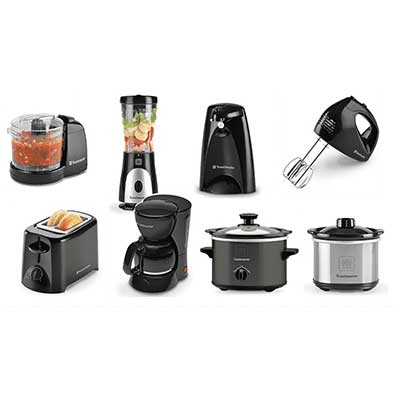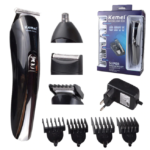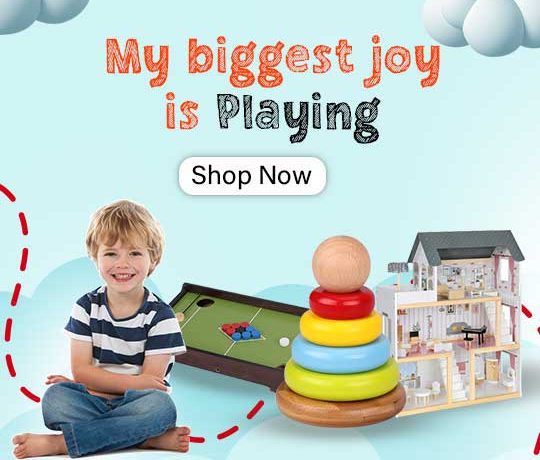No products in the cart.
Toys and Gifts for Children: Choosing the Ideal Playmate Leave a comment
Introduction
Toys and presents have a crucial part in the enjoyment and development of children. With the correct toys, children may develop their imaginations, their creativity, and their physical and mental abilities. Finding the ideal playmate, however, might be difficult given the wide range of possibilities on the market. In this post, we’ll look at many facets of choosing toys and presents for kids while keeping in mind their age, hobbies, and developmental requirements.
Having a Clear Understanding of Age-Appropriate Toys
It is essential for a child’s growth to choose toys and presents that are appropriate for their age. Age-appropriate toys guarantee that kids are sufficiently pushed to learn and develop without feeling overburdened. Children’s interests, capacities, and safety needs evolve as they pass through several developmental stages. Let’s look at some toy suggestions for various age ranges.
Toys for Young Children and Infants
The Advantages of Sensory Games
Infants and toddlers use their senses to discover the world throughout the first few years of life. Soft plush toys, textured balls, and rattles are examples of sensory boys’ toys that stimulate the senses via touch, sound, and sight. These playthings promote the development of sensory awareness, hand-eye coordination, and fine motor abilities.
Interactive Toys for Young Children
Early learning toys that include lights, noises, and buttons are good options. They stimulate kids’ curiosity and teach them about cause-and-effect connections. Toys that play music, repeat words, teach numbers and shapes, and other such functions help improve cognitive and linguistic development.
The Foundations of Fine Motor Skills
Building blocks are time-honoured favourites that foster imagination, analytical thinking, and fine motor abilities. Children may better comprehend ideas like balance, gravity, and spatial awareness by stacking and creating structures. For small children, look for blocks with rounded edges that are secure enough to gnaw on.
Preschool and Kindergarten Level Toys
Learning-Supporting Educational Toys
Children in preschool and kindergarten benefit greatly from toys that promote learning via play. Learning is made enjoyable and engaging by using alphabet and number puzzles, counting toys, and magnetic letters. Crayons, finger paints, and modelling clay are examples of art tools that encourage creativity and self-expression.
Playing Dress-up and Using Creative Toys
At this age, kids enjoy playing out various roles and settings in pretend play. They may employ dolls, action figures, dollhouses, and play kitchen sets to let their imaginations run wild and hone their social skills. They may further develop their imagination and narrative skills by using costumes, puppets, and toy props.
Brain Teasers and Puzzles for Cognitive Development
Children’s critical thinking and problem-solving abilities are tested with puzzles and brain teasers. Their cognitive skills are honed via matching games, memory exercises, and jigsaw puzzles. To keep children interested and learning new things, look for puzzles with varied degrees of complexity.
Toys for Kids in the School Age
STEM toys for problem-solving and curiosity Children in school have an increasing interest in science, technology, engineering, and mathematics (STEM). Their capacity for problem-solving is enhanced, and their enthusiasm for learning is fostered, via building block toys, coding games, and scientific experiment sets. These playthings provide practical learning opportunities and foster logical thought.
Playthings for Exercise Outside
For children’s health and well-being, it is crucial to promote physical exercise. Sports equipment, bicycles, and other outdoor toys encourage movement, coordination, and cooperation. Playground equipment like swings, slides, and climbing walls provide possibilities for physical play and social contact.
Board Games to Improve Social and Strategic Skills
Children may play board games to connect with friends and family and practise social skills. Strategy, decision-making, and teamwork-based games encourage constructive competition and critical thinking. There are alternatives for every interest and age group, including current favourites and timeless board games like Scrabble and Monopoly.
Choosing Non-Toxic and Safe Toys
The necessity of ensuring toy safety cannot be overstated. The following advice should be kept in mind while choosing toys:
Recognising Certifications and Labels for Safety
On the toy package, look for safety labels and certifications. The ASTM label implies conformance to American safety standards, whereas the CE seal indicates compliance with European safety requirements. These markings guarantee that the toys adhere to strict safety standards.
Avoiding Choking Risks and Small Parts
Look for tiny pieces that might be a choking danger by reading the age guidelines and warning labels. Avoid playing with toys that include parts that are readily removable or tiny enough to swallow. Choose toys for young children that have more substantial, enduring pieces that are firmly secured.
Customising Kids’ Gifts
Giving gifts becomes much more precious when a personal touch is included. Consider the following:
Items with Personal Touches via Customization
Personalised gifts provide the kid and the present a special bond, such as engraved jewellery, monogrammed bags, or specially crafted puzzles. These kind gifts capture the child’s uniqueness and serve as treasured memories.
Reading and Books Make Thoughtful Gifts
Books are enduring presents that encourage a love of reading and broaden kids’ perspectives. Whether it’s an adventure, a fantasy, or a book on education, choose novels that are suitable for their age and reflect their preferences. By exposing kids to many genres and writers, you can foster their creativity and curiosity.
Conclusion
Selecting the ideal toys and presents for children is a fun and satisfying task. We can provide kids playmates who encourage their growth and make their lives happier by taking into account their age, hobbies, and developmental requirements. To make the experience genuinely unforgettable, keep in mind to put safety first, choose alternatives that are suitable for your child’s age, and embrace individuality.
for more info please visit plugnpoint social platform












